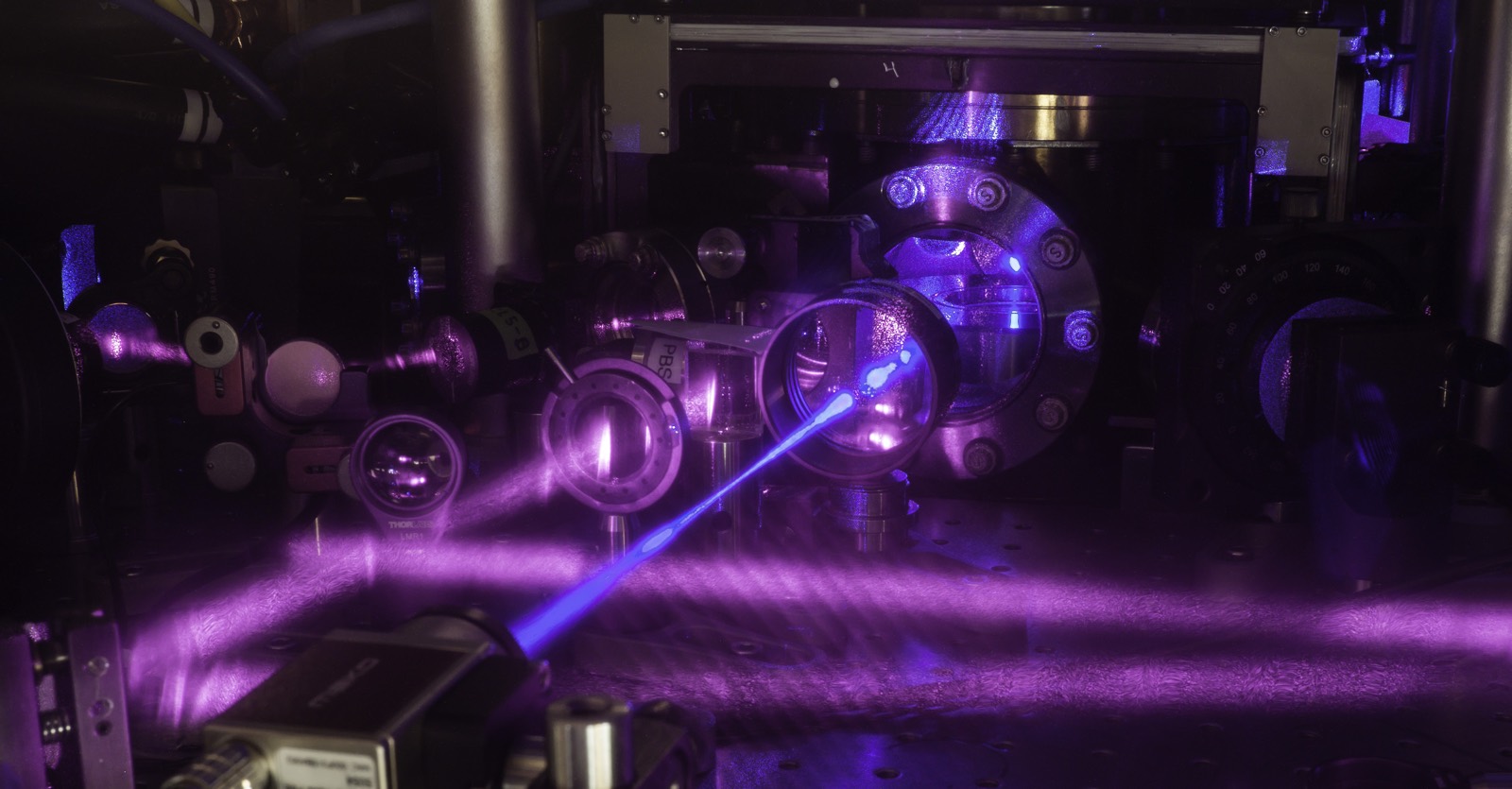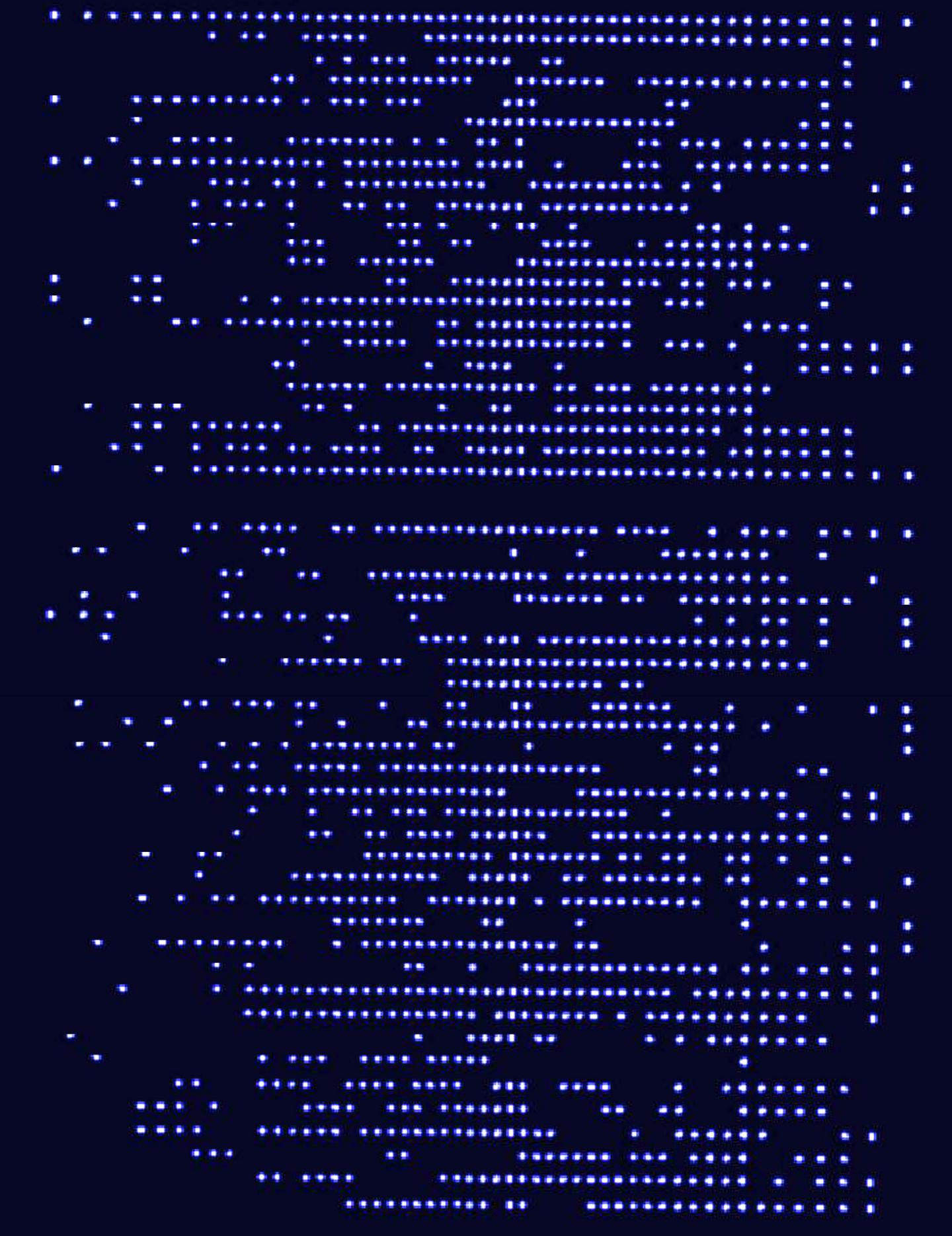Time Crystals to Tetraquarks: Quantum Physics in 2017
Atomic clock
Measuring time turns out to be really hard. For very precise time measurements, researchers need clocks that measure very precise events: the oscillations of atoms. But even those clocks are off by seconds over the course of tens of billions years — too imprecise for some experiments. A new atomic clock announced in 2017 cools large groups of atoms way down before measuring them, and achieves a precision of losing just 1 second in 90 billion years. That's superprecise.
Quantum information
It's one thing to send traces of quantum information from the ground to a satellite. It's another to send actually useful quantum information through the mess and bustle of a city's air. But researchers at the University of Ottawa did just that, sending photons containing two bits of information between two buildings that were 984 feet (300 meters) apart.
Quantum-computing problems
For the first time [CK], scientists showed quantum computers could crack problems no ordinary computer can. Two separate teams, at Harvard and the University of Maryland, built quantum simulators that can model complex quantum magnetism at a level that no supercomputer ever could.
Thinnest liquid
Normal liquid droplets are held together by electromagnetic forces between their molecules — forces that make them hold their shapes and keep them from changing their volumes the way gas does. But a team of physicists built a new kind of liquid droplet, so thin it should have behaved like a gas, that held itself together using just the forces of quantum fluctuations — the strange way particles appear to dance around through space at a quantum level, and press on one another.
Reversal of entropy
It's a basic fact of the universe, enshrined in the second law of thermodynamics, that heat flows from hot objects into cool objects, and not the other way around. That's because the universe is always becoming more disordered. But quantum laws complicate that picture, and for the first time, researchers demonstrated that particles could be manipulated using those laws to make heat flow from a colder carbon atom into a hotter hydrogen atom inside a chloroform molecule — temporarily reversing the flow of chaos in that tiny corner of the universe, until the quantum link between the atoms decayed. [Elementary, My Dear: 8 Elements You Never Heard Of]
Breaking space news, the latest updates on rocket launches, skywatching events and more!

Rafi wrote for Live Science from 2017 until 2021, when he became a technical writer for IBM Quantum. He has a bachelor's degree in journalism from Northwestern University’s Medill School of journalism. You can find his past science reporting at Inverse, Business Insider and Popular Science, and his past photojournalism on the Flash90 wire service and in the pages of The Courier Post of southern New Jersey.






